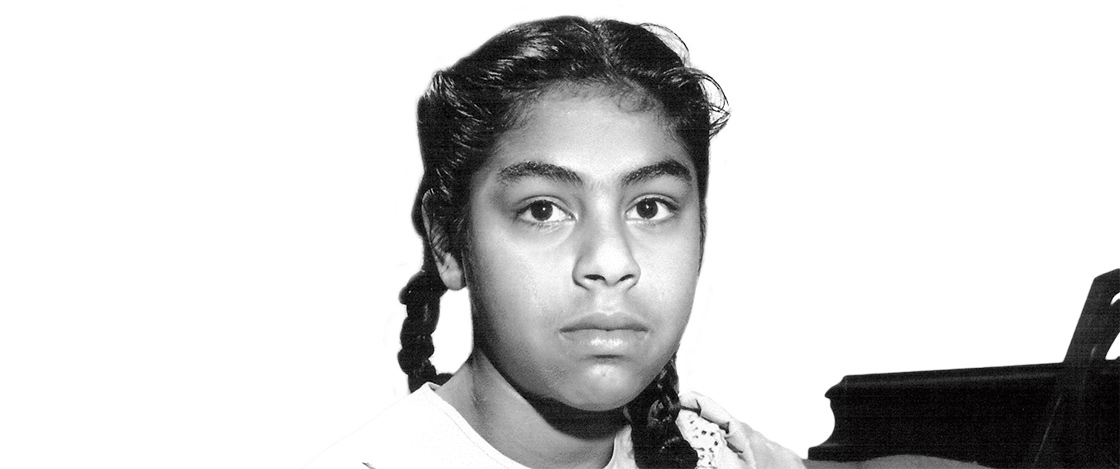How did the Mendez v. Westminster case help combat injustice in the United States?

The Fight for What’s Right
This powerful play tells the story of Sylvia Mendez, a brave Mexican-American student who fought beside her parents to desegregate California schools in the 1940s.
Learning Objective: to consider how changes take place in societies
Listen to this StoryCorps interview with Sylvia Mendez, 73, talking to her sister Sandra Mendez Duran, 59, about the Mendez v. Westminster case.
Explore this timeline from Learning for Justice that traces school integration in the United States from 1849 to 2007.
Read a review of the documentary film Freedom Riders. Then watch a video interview with John Lewis, a Democratic Congressman from Georgia, who participated in the rides.
Close Reading, Critical Thinking, Skill Building
1. PREPARING TO READ
2. READING AND DISCUSSING THE PLAY (30 minutes)
3. WATCHING THE VIDEO (15 minutes)
4. READING THE INFORMATIONAL TEXT (15 minutes)
5. SKILL BUILDING: THEME (15 minutes)
Consider this statement: Each of us has the power to make a change in the world. How does this statement relate to the play and the informational text? Answer this question in an essay. Use text evidence.
In a well-organized paragraph, explain how the play expresses the idea that each of us has the power to make a change in the world.
The Dalai Lama once said, “If you think you are too small to make a difference, try sleeping with a mosquito.” Explain this quote and how it applies to the play and informational text.
Choose a problem in your community. Research how that problem could be solved, and then take action!
Interview someone working to change society. Write an article based on your interview. Explain the work the person is doing and his or her advice for aspiring changemakers.
Literature Connections: Curricular texts about segregation
Brown Girl Dreaming
by Jacqueline Woodson (poetry)
Glory Be
by Augusta Scattergood (novel)
The Lions of Little Rock
by Kristin Levine (novel)
